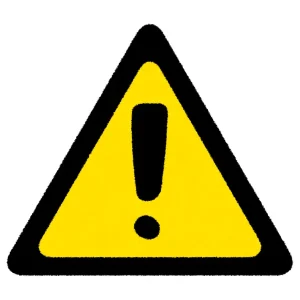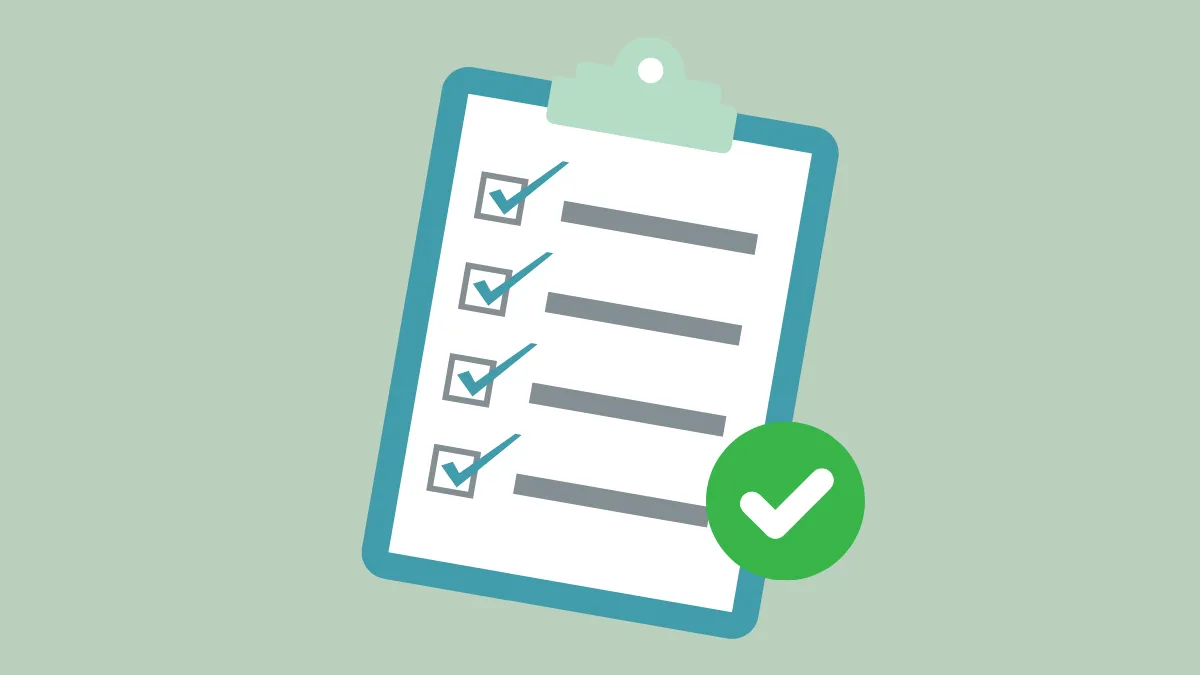What is backtesting and why is it important?
Backtesting is a method of testing EA performance based on historical data, similar to checking past weather records to predict future weather. It helps you answer the following questions:- Does the strategy perform consistently under different market conditions?
- Are potential risks and drawdowns manageable?
- Is the long-term profitability of the strategy trustworthy?
How to efficiently backtest EA: Step-by-step guide
1. Choose the right backtesting platform
MetaTrader 4 (MT4) and MetaTrader 5 (MT5) are the mainstream platforms for backtesting EA. These platforms come with a built-in "strategy tester" that allows you to easily simulate EA performance scenarios.2. Prepare high-quality historical data
The quality of historical data determines the accuracy of backtesting:- High modeling accuracy: Choose historical data with high modeling accuracy to ensure that the simulated trading scenarios closely resemble the real market.
※ Using third-party software like Tickstory and Tick Data Suite can achieve 99% quality for MT4 (every real tick), and 100% for MT5 (every real tick including spread). - Cover a sufficient time range: Select data covering at least 5-10 years to test the strategy's performance in different market environments.

3. Set backtesting parameters
In the strategy tester, set conditions that match your real trading scenario:- Trading pair and timeframe: Choose the trading instruments (e.g., EUR/USD) and the time range for operation that the EA focuses on.
- Simulation mode: It is recommended to use the "tick by tick" mode for more detailed backtesting.
- Initial capital and leverage ratio: Set the starting capital and leverage in the real trading environment.
4. Execute backtesting and analyze results
After completing the backtest, analyze the following core indicators:- Total profit and loss: Confirm whether the strategy is profitable and the stability of the profits.
- Max drawdown: This indicator measures the losses of the strategy in the worst-case scenario and should be below an acceptable range.
- Profit-loss ratio and win rate: A high win rate and a good profit-loss ratio are important characteristics of a stable strategy.
5. Optimize EA strategy
Optimization is the process of improving the strategy by adjusting parameters (such as moving average periods or stop-loss distances). Use the "optimization mode" in the strategy tester to find the best-performing parameter combinations.Avoid common backtesting pitfalls
During the backtesting process, the following mistakes may lead to discrepancies between strategy performance and real results:- Overfitting: Excessively adjusting parameters makes the strategy fit only specific data and unable to cope with future markets.
- Ignoring trading costs: Ensure that spread, fees, and slippage are considered in the backtest; otherwise, the results may be overly optimistic.
- Low-quality data: Incomplete data can cause backtesting results to deviate from real trading scenarios.

Conclusion and action recommendations
Backtesting is a crucial step in enhancing the reliability of EA trading strategies. By using high-quality historical data, setting reasonable backtesting parameters, and optimizing, you can create a stable and competitive trading system.- Beginners: It is recommended to start with basic operations to familiarize yourself with backtesting tools and processes.
- Experienced traders: Can delve into parameter optimization and risk control.
Hi, We are the Mr.Forex Research Team
Trading requires not just the right mindset, but also useful tools and insights.Here, we focus on Global Broker Reviews, Trading System Setup (MT4 / MT5, EA, VPS), and Forex Trading Basics.
We personally teach you to master the "Operating Manual" of financial markets, building a professional trading environment from scratch.
If you want to move from theory to practice:
- Help share this article to let more traders see the truth.
- Read more articles on Broker Tests and Forex Education.





